ECONOMY
10 U.S. Cities People Are Fleeing In Droves
Published
12 months agoon

Shutterstock
Every decade in the United States, a census is taken to figure out the population levels across the country. Those numbers can show which cities and states have been hit harder than others due to economic problems, and which have experienced population booms in recent years. As with most things in life, the popularity of some of the most famous cities in the United States changes with the times.
Not every state has a New York City or San Francisco that can bring thousands of new residents every year. Economic and social issues have been major reasons for people looking to leave their cities in the past, and those problems haven’t entirely disappeared. These cities are the fastest shrinking in each state across the USA.
Selma, Alabama

Shutterstock
The city of Selma, Alabama, is ingrained in the history of the United States due to its involvement in the civil rights movement and the Selma Voting Rights Movement. Despite being one of the most famous cities in Alabama, it seems that people are skipping town fast. The population of Selma has fallen by 13.8%. It seems that people have been leaving the city ever since the 1960s, and according to the census, the population dropped from 20,756 in 2010 to 17,886.
Cordele, Georgia

Shutterstock
People just don’t seem to want to stick around Cordele, Georgia. The city has been struggling to keep people for years, and the government has even passed a law to try and put a stop to Cordele’s decline. Cordele is losing people year after year, and there are suggestions that taxes will be lowered to try and bring more people to the Georgia city.
Honolulu, Hawaii

Shutterstock
Hawaii continues to experience a population decrease, with Honolulu feeling it more than most. The Hawaiian city lost 11.1% of its population according to the census, with people looking to find another place to call home. It’s thought the main reason why so many people are leaving Hawaii’s famous city is due to the living costs in Honolulu. The estimated living cost in Honolulu is thought to be almost 30% higher than living in Austin, Texas. With cheaper alternatives elsewhere in the United States, it’s easy to see why people are leaving Honolulu behind.
Newport, Kentucky

Shutterstock
For generations, Newport, Kentucky, has been the urban center for the northern region of the state. Unfortunately for the people of Newport, the population has been declining ever since the 1950s. Newport might be a small city, but it has been a big part of Kentucky life for many years. People have been leaving the city since the ‘50s, but more recently, they left in their droves. Newport experienced a drop in population by 10% between 2000 and 2010, with a further 1.7% reduction in the census.
Shreveport, Louisiana
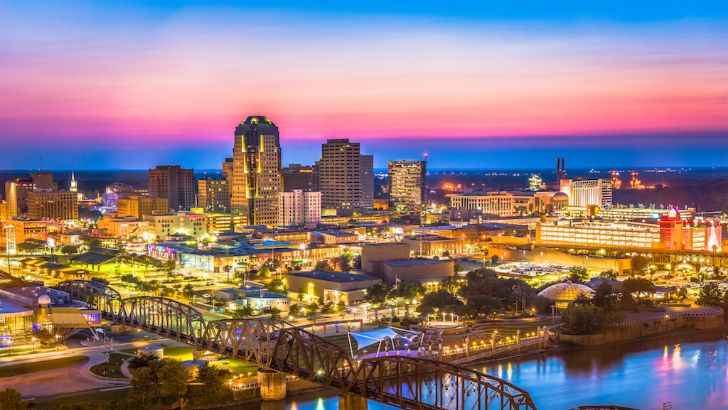
Shutterstock
Recent censuses have shown that Shreveport, Louisiana, is steadily losing residents every year. Since 2010 Shreveport has seen its population shrink by 5.2%, with no suggestions that this trend won’t continue in the future. While many cities are trying everything they can to increase the number of people moving in, Shreveport is hesitant to do anything. The city’s mayor wasn’t ready to do anything to change the trend until further data was collected. While more information is always useful, there is also a need to act to safeguard the city’s future to avoid it becoming a ghost town.
Baltimore, Maryland
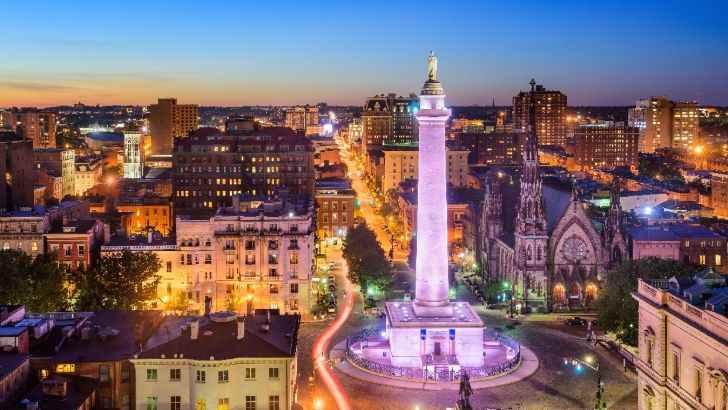
Shutterstock
Although it might be one of the most recognizable cities in the United States, Baltimore has seen a consistent decline in population since the 1950s. Approximately 1.2% of the city’s population left, meaning around 7,200 people backed their bags and didn’t look back. That number is part of a broader problem for Baltimore, with an estimated 3% population decrease since 2000. Considering the overall population figures across the United States have increased since 2000, it’s a worrying trend for Baltimore to see people leave year after year.
Ocean City, New Jersey
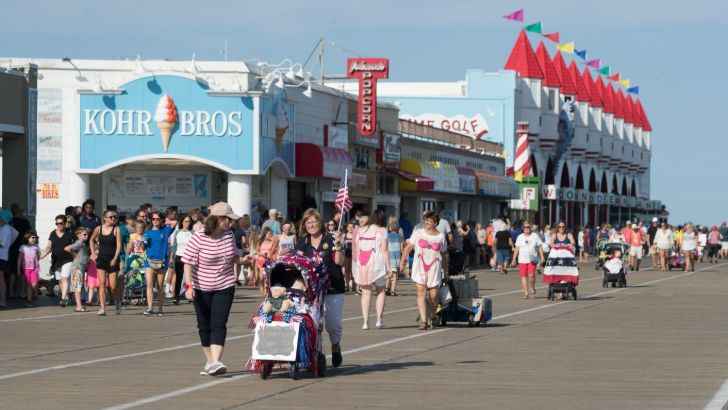
Shutterstock
The people who live in Ocean City, New Jersey, cannot wait to leave. The city thrives on its tourism, but its permanent residents have been looking for other places to live since 2000. Between 2000 and 2010, 23.9% of Ocean City’s residents decided to find somewhere else to live, and that has continued over the last decade. The population has dropped a further 5.6% since 2010, with the cost of living the most likely reason for people finding new homes. New Jersey’s house prices are astronomical, and people from across the state are leaving for cheaper locations.
Flint, Michigan
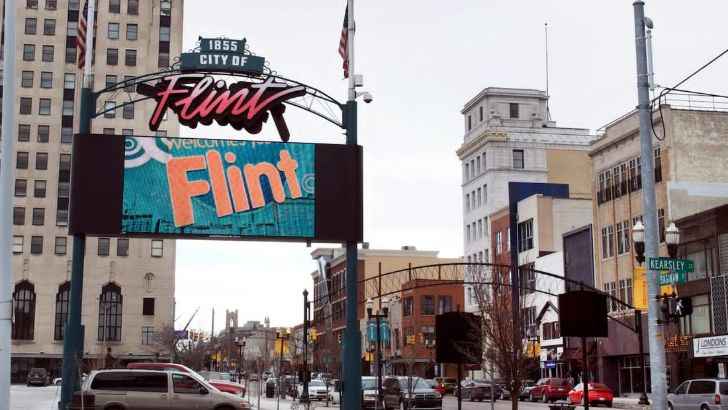
Shutterstock
The much-documented water crisis in Flint, Michigan, has seen the city become one of the poorest in the United States. With little hope for the future, people are leaving in their droves to try and find better lives for themselves outside of Flint. General Motors was once the reason Flint had a bustling population, but the downsizing of its operations reduced the number of available jobs. In 1960 Flint’s population was 196,000, that number had shrunk to 95,943, meaning the city has lost over half of its population in that time.
St. Louis, Missouri

Shutterstock
St. Louis, Missouri, was once in the top ten largest cities across the entire United States. That was in the past, though, as St. Louis is now ranked the 64th largest city in the country. The Missouri city was once booming, but now its numbers are steadily declining as people look to find somewhere better to live. St. Louis has had civic issues and leadership problems, leading to people fleeing the city, with 64% of its residents leaving since the 1950s. Since 2010, St. Louis has experienced a fall in its population by 5%.
Goldsboro, North Carolina

Shutterstock
We don’t blame anyone who lived in Goldsboro for trying to leave after two hydrogen bombs were dropped on the city in the 1960s. Fortunately, neither detonated, and while one was retrieved, the other has not. There is a threat that the bomb could go off, which is enough to encourage plenty of people to leave the city since the 1960s. In 2013, residents learned that three of the four switches that prevented the detonation of the device from going off failed. With such a potential risk, 6% of Goldsboro’s population has decided sticking around isn’t for them.
Related Topics:

More Money + Investing
-


Consumer Confidence Drops As Gas And Grocery Prices Remain Stubbornly…
-


Overtime Pay Could Extend To Millions Of Salaried Workers Earning…
-


Visa, Mastercard Share Prices Jump On Report Of Upcoming Merchant…
-


Taco Bell Tops Entrepreneur’s Franchise 500 List for Third Year…
-


Student Loan Interest Resumes Sept. 1, With Payments Due in…
-


Rite Aid May Be Headed For Bankruptcy Amid Opioid Lawsuits
-


8 Great Part-Time Jobs For Retirees
-


20 Quirky Tax Breaks You Should Know Before You File
-


7 Reasons Why The IRS Will Audit You This Year
-


From Eco-Friendly Startup to Amazon Dominance: The Story of One…
-


Elon Musk Threatens To Sue Anti-Defamation League Over Declining X…
-
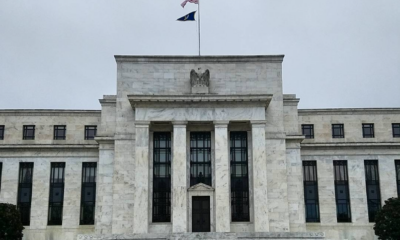

Unemployment Ticks Up to 3.8% In August Jobs Report